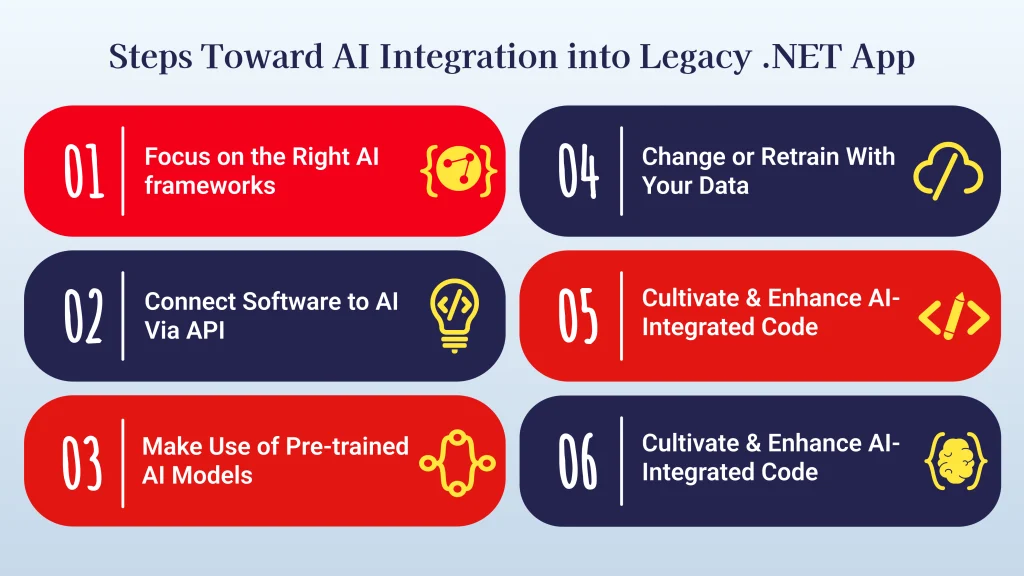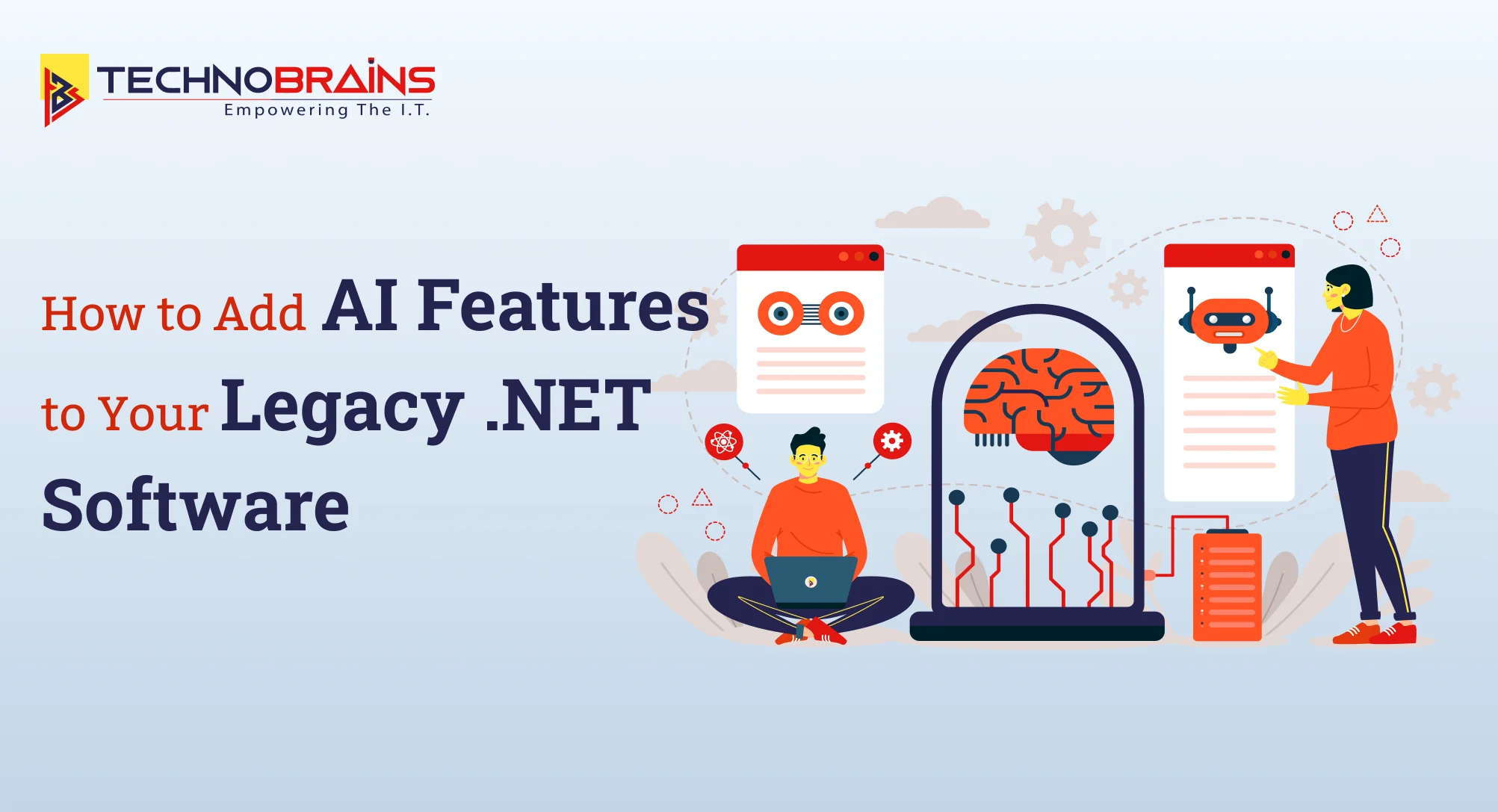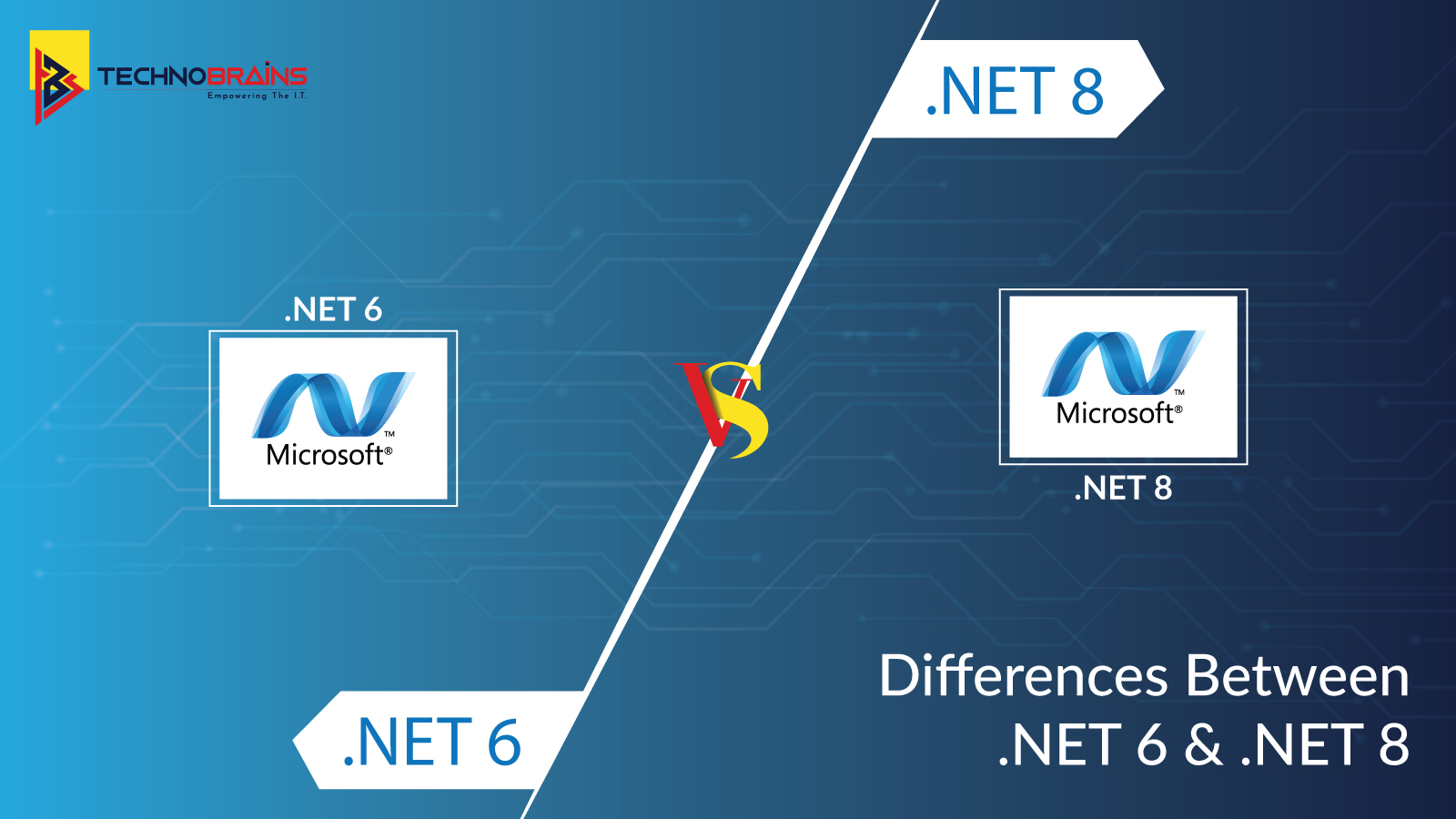Every industry is adopting AI, presenting new solutions to problems and opportunities for more intelligent decision-making. However, organizations that operate on existing application frameworks may ask, “Is it possible to integrate AI with our legacy .NET system without ripping everything apart?” The answer to that is absolutely yes.
In this blog, we will provide information on how to add AI features to legacy .NET software. We will guide you through the steps, whether it is about adding machine learning, natural language processing, or predictive analysis. Suppose you are a business planning to reach out to .NET development or looking for quality .NET development services. In that case, this article will prepare you on what questions to bring forth to prospective vendors.
Why Integrate AI with Legacy .NET Software
The why is equally as important as the how, so let’s explain the purpose behind blending AI with .NET legacy systems. Below are some of the most noteworthy pros:
- Improvement in Customer Satisfaction: Through the use of AI, the user’s individual goals can be catered to, and their responsiveness and the level of engagement they receive can be increased, resulting in improved customer satisfaction.
- Labor Cost Savings: Through the delegating of monotonous activities, AI improves workflow processes and takes productivity to new heights while greatly increasing the level of accuracy.
- Actionable Business Intelligence: Explainable Artificial Intelligence can examine huge data sets and identify useful solutions, enabling more accurate decisions to be made.
- Gaining an edge over competitors: Integrating AI technologies into your application can place your business ahead of the competition, especially if you provide features that are not available to competitors.
- Saving money: In the long run, costs associated with operations, customer support, and maintenance will be lower due to automation and predictive analytics.
To better understand if AI is the right fit for your .NET applications, check out our detailed guide!
How to Get Your .NET Software Ready to Integrate AI
Integrating AI features into a legacy application is not as difficult as it seems, but a good deal of groundwork needs to be done in advance. This is what you need to do before starting:
Take an inventory of the current state of your app
Get to know the architecture and the dependencies of your existing .NET application, as well as its performance constraints. Check if the application is using older technologies, such as the .NET Framework, or if it has been upgraded to newer counterparts, like .NET Core or .NET 6.
In order to facilitate AI features integration, older implementations might need to be restructured or even migrated to newer .NET versions. It may be beneficial to engage a .NET development company early in the process to assess your application’s obsolescence and work towards solutions.
Analyse business requirements alongside AI applications
What industry is your organization operating in? What are some industry standards? Understand what needs to be done for an application/service to operate with AI. Here are a few critical use cases to keep in consideration:
- Customer service AI chatbots based on natural language processing (NLP)
- Advanced analytics for better decision-making. Grow with advanced decision-making tools and manage with predictive analytics.
- Recommendation systems targeted towards user experience personalisation
- Algorithmic Assignments: Computer vision for visual data identification.
Your strategy for incorporating AI tools should be based on the requirements of users alongside your organisational objectives.
Primacy Of The Data
Having a legacy .NET system is a good indicator of having data services that funnel clean and structured data. AI depends heavily on data services, so consider having data services or modernising the current database.
Invest in Scalable infrastructure
The existing setup might not support the computing resources required by algorithms, which is usually the case. Make sure the application is on the Azure Cloud, which has scalability and AI readiness. It supports .NET infrastructural development.
Steps Toward AI Integration into Legacy .NET Software

Prepare the application for AI integration. The following steps detail AI component integration in .NET:
Start with the right AI frameworks
Integration of AI into applications can be done by using appropriate frameworks and libraries. The following are the most implemented ones:
- ML.NET: Microsoft developed ML.NET, a machine learning framework on .NET for implementing features such as sentiment analysis and object and anomaly detection.
- TensorFlow.NET: Access TensorFlow and leverage its advanced machine learning tools through TensorFlow.NET without leaving the comfort of .NET development.
- Azure Cognitive Service: This package of ready-made AI services can effortlessly be incorporated into any supporting applications running on Microsoft Azure.
Azure Cognitive Services adds value through its capabilities in computer vision, speech recognition, and natural language processing (NLP).
Connect Your Software to AI Via API
If you’re hoping for easy wins, attaching your application to AI-enabled APIs might be the answer. A few examples are:
- OpenAI API
- Google Cloud Vision
- Advanced analytics provided by IBM Watson APIs
Yes, these AI-powered APIs do add value as they greatly simplify integration by allowing users to utilise AI capabilities without constructing models.
Make Use of Pre-trained AI Models
Hugging Face and Microsoft’s AI Builder are examples of platforms offering AI Builder-trained models, which save time and resources that would have gone into training the model from scratch.
Retrain With Your Data
Although the pre-built AI-powered models are great, some users may have specific needs that force them to change or retrain the model to work better with certain app data. Luckily, ML.NET provides an accessible training framework with .NET.
Cultivate and Enhance Your AI-Integrated Code Base
AI integration may necessitate the refinement of your codebase to make room for additional AI features, such as limbs. While integrating new components, keep your application modular and efficient. Software development service providers working with .NET would be beneficial in aiding these solutions.
Monitor and Optimize Integration
With all the AI features in place, spend some days on comprehensive testing to ensure the new functionalities work as intended.
Imitate how users operate in the real world and ensure features do not degrade performance. Keep iterating your execution with more user feedback.
Real-Life Achievements
As motivation, look at these two examples wherein AI was added to .NET applications with great success.
Example 1: Improving Customer Assistance in a Financial Firm
A Financial Services company augmented its customer portal with an NLP chatbot through ML.NET. The chatbot halved the response time to customer queries, thereby significantly enhancing satisfaction and operational efficiency.
Example 2: Predictive Maintenance for Manufacturing Firms
A Manufacturing Company integrated predictive capabilities into its legacy .NET application using Azure Cognitive Services. They could predict equipment failures with ancillary sensors, allowing them to avert millions of downtime.
Reasons for Partnering with a .NET Development Company
Implementing AI, especially when integrating with legacy systems, can be challenging. Collaborating with a professional .NET Development Company, for instance, allows you to access unbounded guidance that helps you to:
- Update obsolete frameworks
- Develop appropriate decisions for AI implementation relative to your organization.
- Increase the speed at which your systems work.
With dedicated .NET development, one receives comprehensive guidance from concept through design and execution.
Why Choose Technobrains for AI Integration
Integrating AI into legacy .NET software requires strong technical expertise with a clear understanding of your business goals & objectives. TechnoBrains Business Solutions excels in customized AI software development services, enabling organizations to stay ahead of the curve and deliver enhanced user experiences.
In the End, Future-Proof Your .NET Application with AI
In an environment of ever-growing competition, integrating AI within .NET applications is no longer a valuable addition; it is imperative. With the appropriate methodologies and frameworks in place, you are able to convert your legacy systems into AI-powered engines.
Upgrade Your .NET Apps with AI!
Partner with our expert .NET developers to seamlessly integrate AI into your legacy applications. Get powerful, future-ready solutions and stay ahead.
Start Your AI Journey Today!






